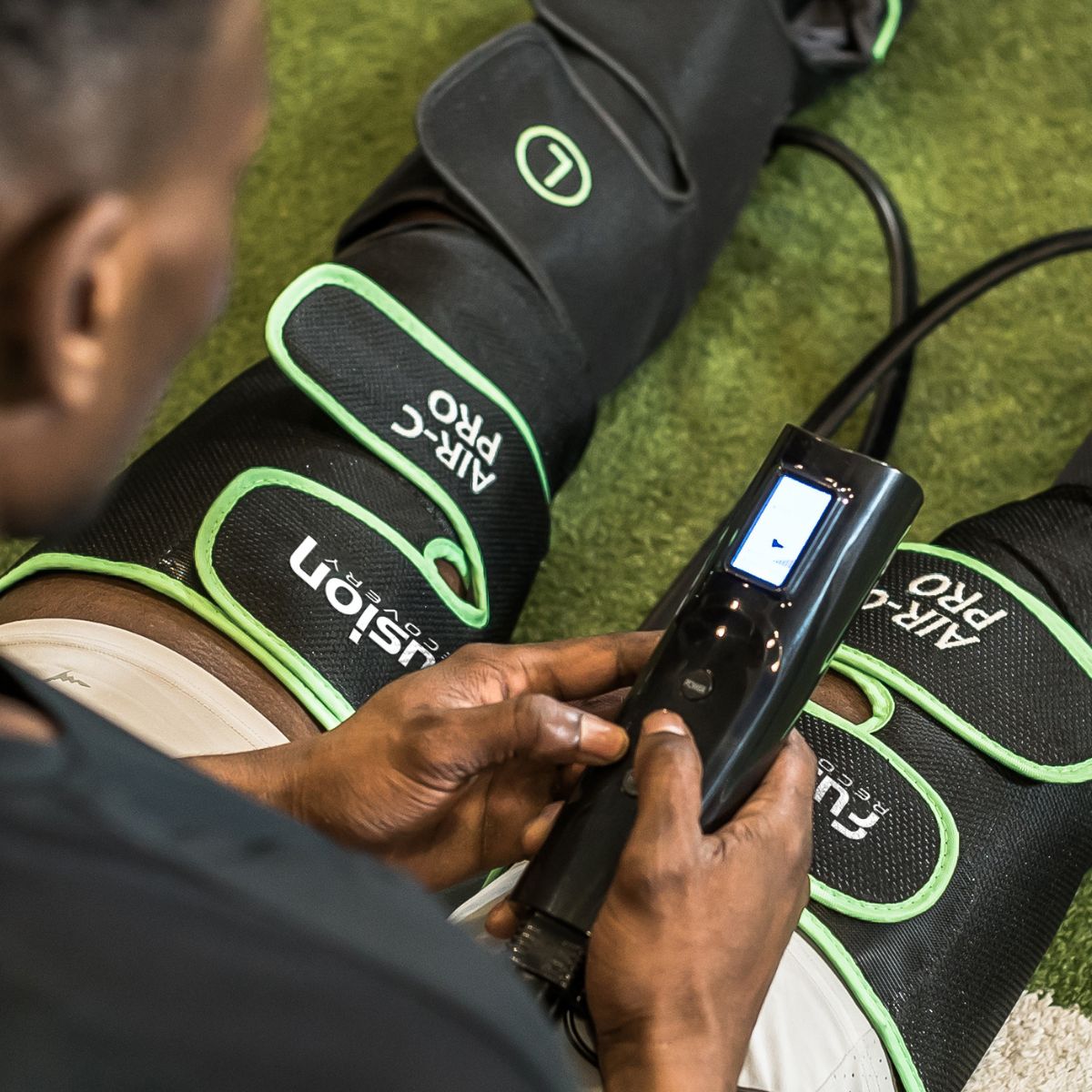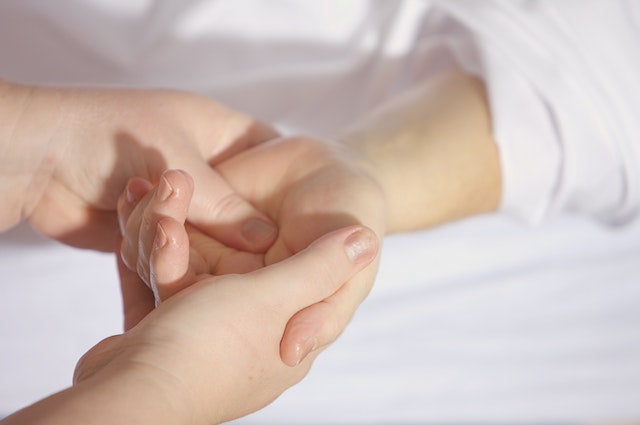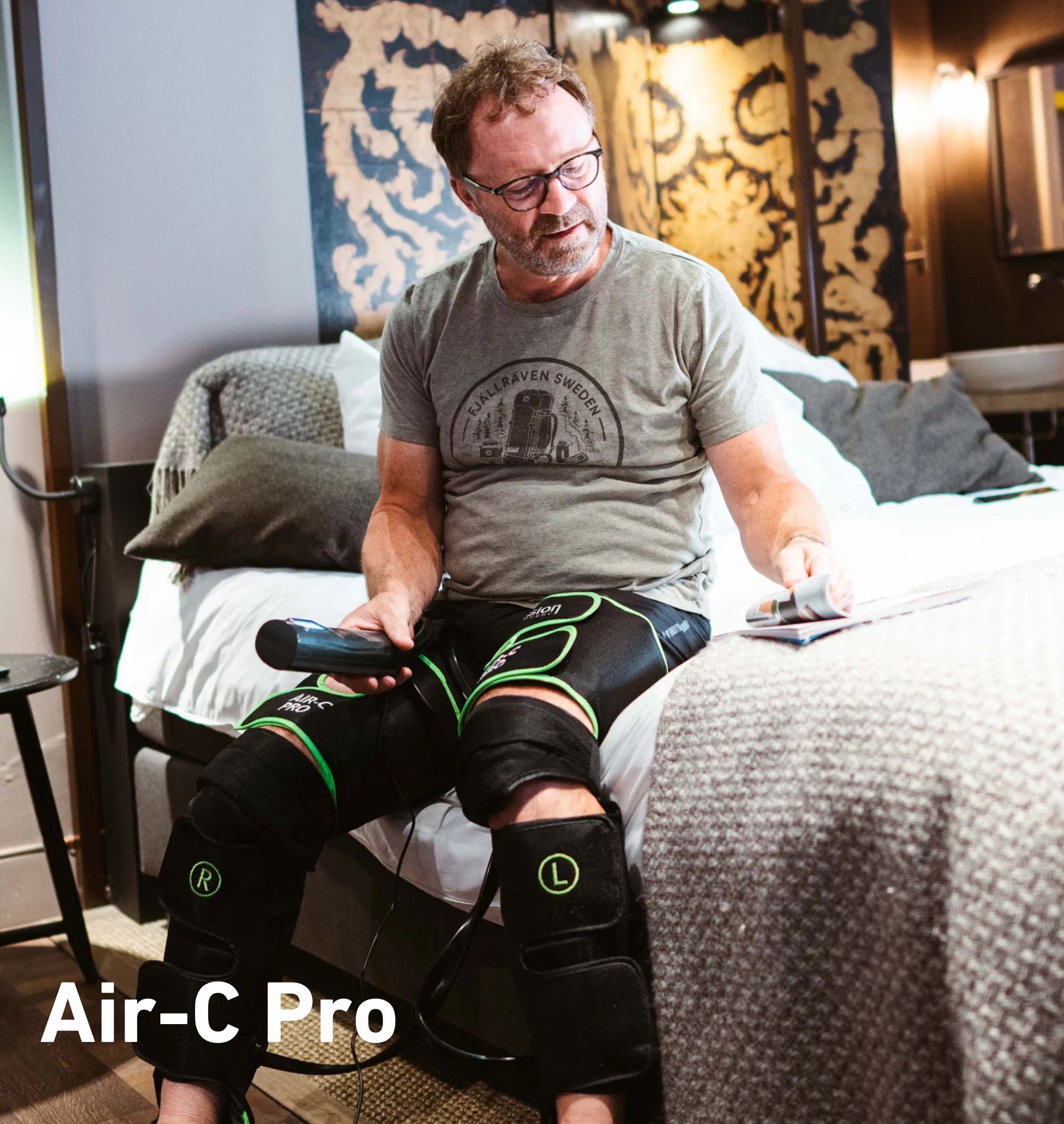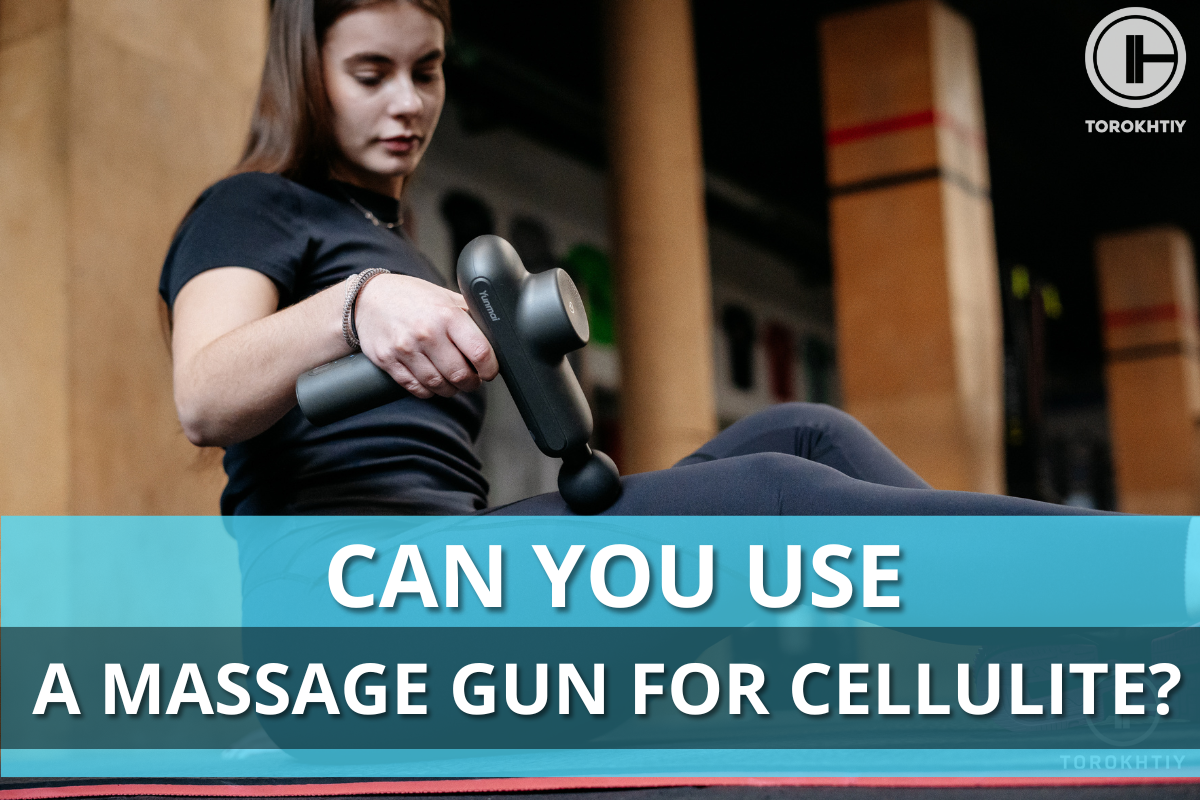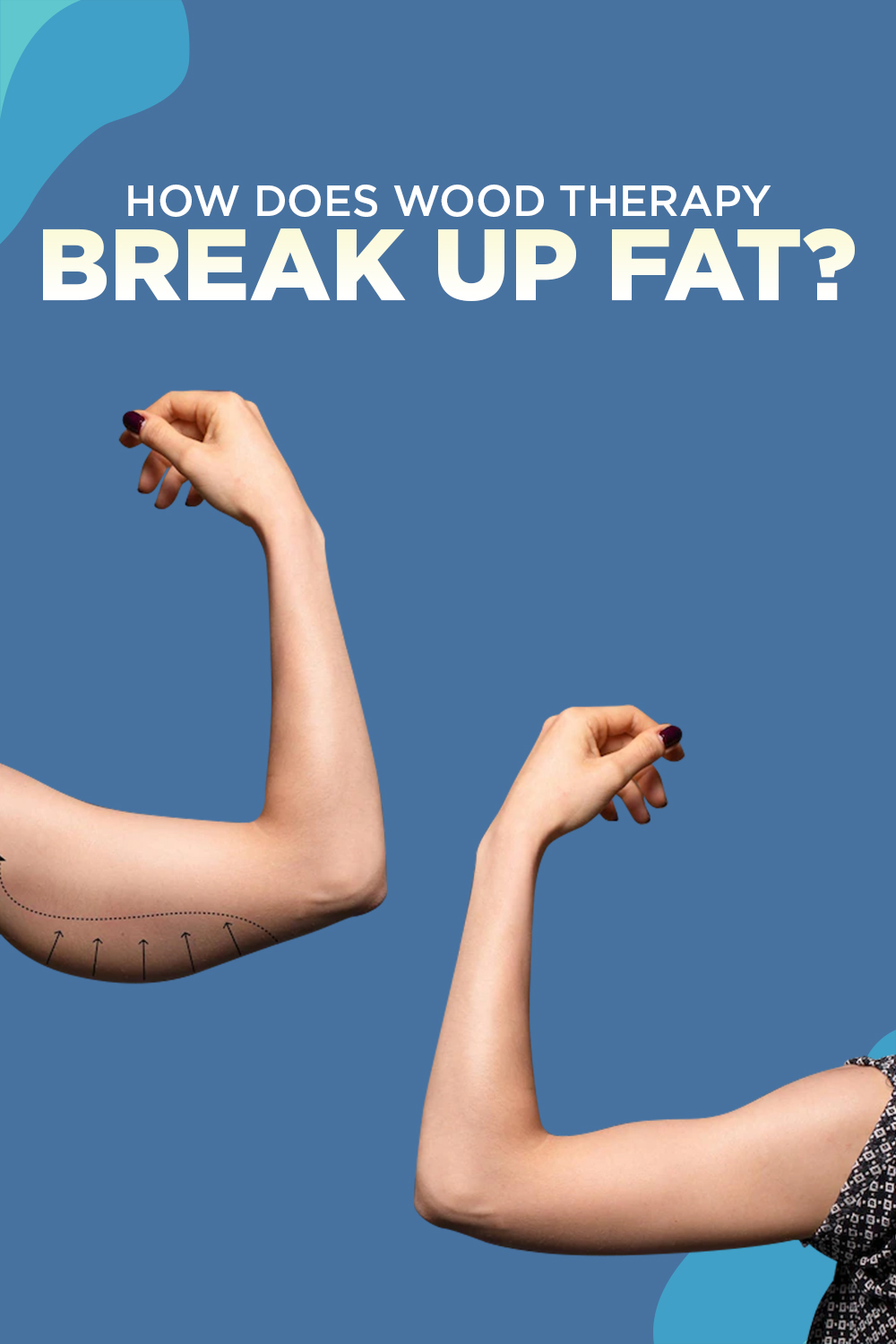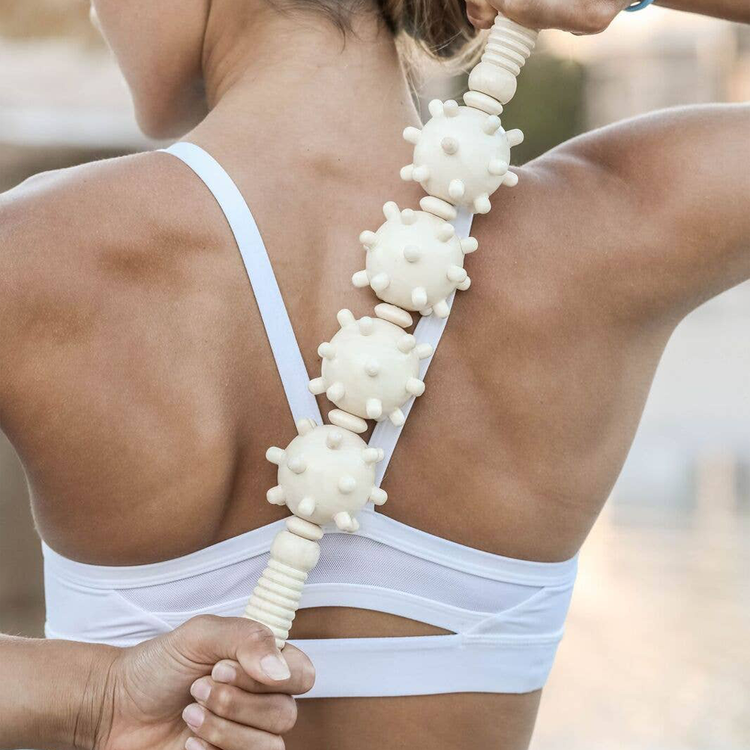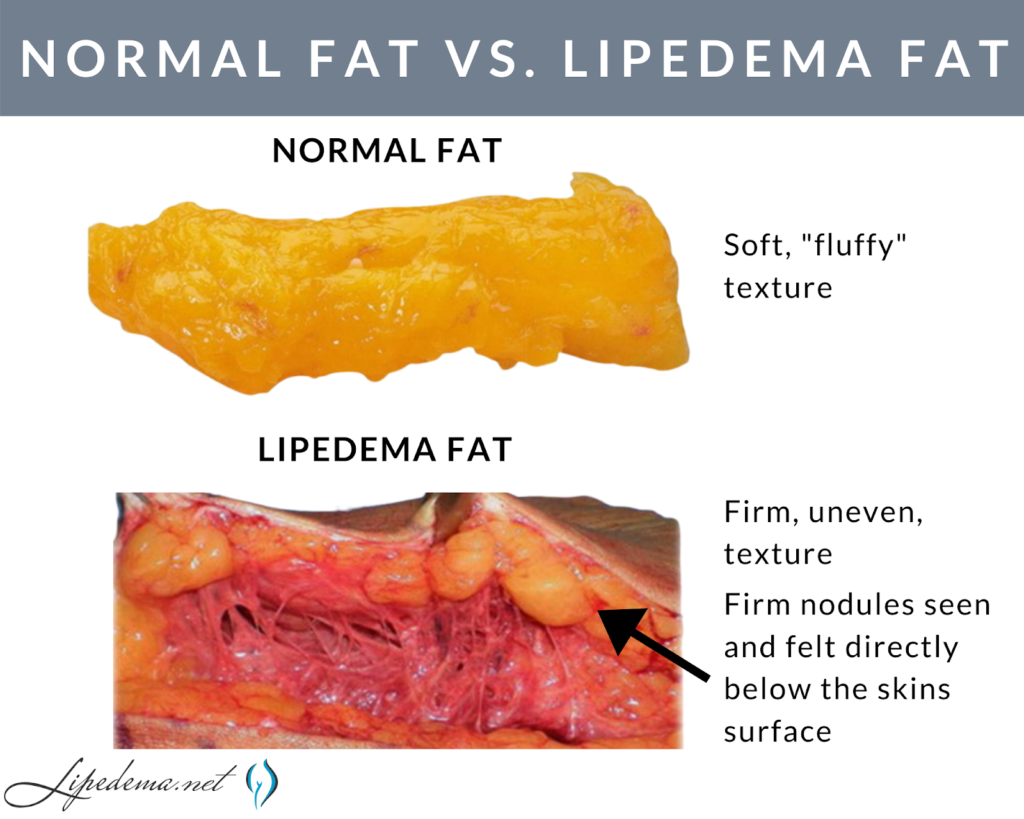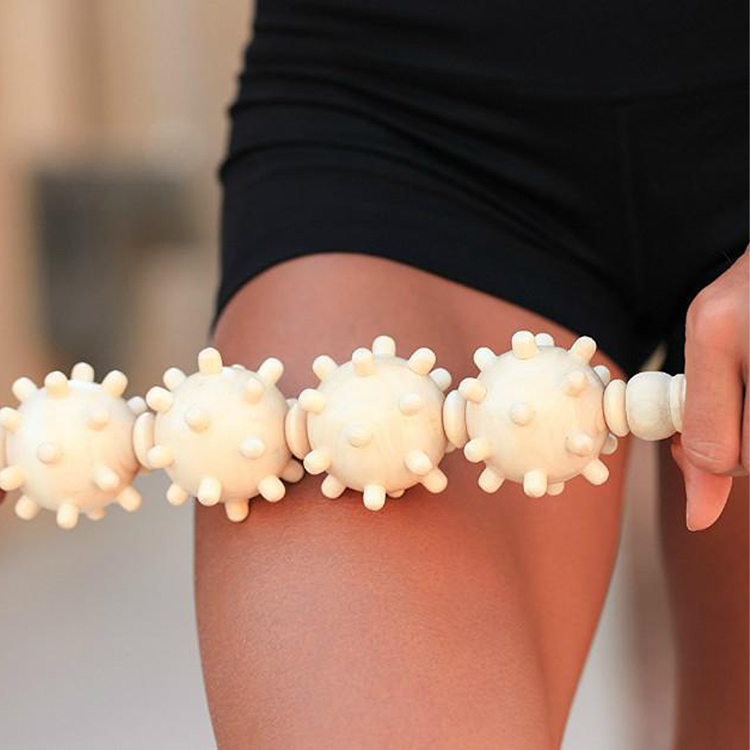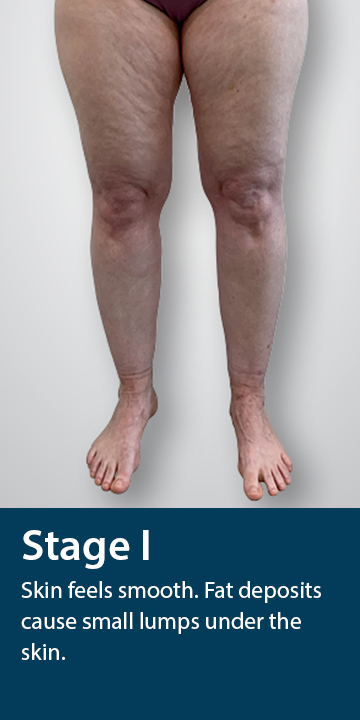Massage To Break Up Fat Deposits

The quest for a sculpted physique has fueled a multi-billion dollar industry, constantly evolving with new technologies and techniques promising to melt away stubborn fat. Amidst the array of options, from invasive surgeries to rigorous diets, massage has emerged as a seemingly gentler alternative, sparking considerable debate about its efficacy in breaking up fat deposits. But can a simple massage truly deliver on its promise of a slimmer silhouette, or is it just another fleeting trend?
This article delves into the science behind massage and its potential impact on fat, examining existing research, expert opinions, and the overall plausibility of the "massage for fat loss" claim. It will explore different types of massage techniques, their purported mechanisms of action, and the limitations of relying solely on massage for significant fat reduction. A balanced perspective will be provided, considering both the potential benefits and the realistic expectations individuals should have.
The Science of Massage: More Than Just Relaxation
Massage therapy has long been recognized for its therapeutic benefits, including stress reduction, muscle relaxation, and improved circulation. These effects are largely attributed to the manipulation of soft tissues, which can stimulate the lymphatic system and promote the release of endorphins.
However, the notion that massage can directly break down fat deposits is more controversial. The prevailing scientific understanding is that fat cells, or adipocytes, store energy in the form of triglycerides. Breaking down these triglycerides requires a complex biochemical process known as lipolysis, which is primarily triggered by hormonal signals and energy demands within the body.
Massage alone is unlikely to initiate this process to a significant degree. While vigorous massage may increase blood flow to the targeted area, potentially enhancing localized metabolic activity, it does not inherently induce the hormonal changes necessary for substantial fat breakdown.
Exploring Different Massage Techniques
Several types of massage are often touted for their potential to target fat, including deep tissue massage, lymphatic drainage massage, and cavitation massage. Deep tissue massage focuses on reaching deeper layers of muscle and connective tissue to release tension and improve circulation.
Lymphatic drainage massage, on the other hand, aims to stimulate the lymphatic system, which plays a crucial role in removing waste and toxins from the body. Some proponents suggest that this can help reduce cellulite and improve skin tone, which may indirectly contribute to a more toned appearance.
Cavitation massage utilizes ultrasound technology to create bubbles within fat cells, allegedly causing them to rupture and release their contents. However, the long-term efficacy and safety of cavitation massage are still under investigation, and more rigorous research is needed to validate its claims.
Expert Opinions and Research Findings
The scientific community remains divided on the effectiveness of massage for fat loss. Many experts argue that while massage can improve the appearance of skin and reduce the visibility of cellulite, it cannot directly eliminate fat cells or significantly reduce body fat percentage. Dr. Emily Carter, a dermatologist at the Mayo Clinic, states, "Massage can improve circulation and reduce fluid retention, which can temporarily make the skin appear smoother. However, it does not permanently break down fat."
Some studies have shown modest improvements in body circumference and skin elasticity with regular massage, but these effects are often attributed to fluid shifts and temporary changes in tissue volume rather than actual fat reduction. A study published in the Journal of Cosmetic Dermatology found that lymphatic drainage massage, combined with other therapies, resulted in a slight reduction in cellulite appearance. However, the study emphasized the need for a multi-faceted approach, including diet and exercise, for optimal results.
The American Massage Therapy Association (AMTA) acknowledges the potential benefits of massage for improving overall well-being and reducing muscle tension. However, they also caution against unrealistic expectations regarding fat loss. The AMTA emphasizes that massage should be considered a complementary therapy rather than a standalone solution for weight management.
Realistic Expectations and a Holistic Approach
It is crucial for individuals considering massage for body contouring to have realistic expectations. While massage may offer some benefits, such as improved skin tone and reduced fluid retention, it is not a magic bullet for fat loss.
A sustainable and effective approach to weight management requires a holistic strategy that encompasses a balanced diet, regular exercise, and stress management techniques. Massage can be a valuable addition to this strategy, providing relaxation and potentially improving circulation and lymphatic drainage.
However, it should not be viewed as a substitute for proven methods of fat reduction. Combining massage with other therapies, such as diet and exercise, may yield more noticeable results, but individual outcomes may vary.
Looking Ahead: The Future of Massage and Body Contouring
Research into the potential benefits of massage for body contouring is ongoing. Future studies may explore the synergistic effects of massage with other technologies, such as radiofrequency and cryolipolysis, to enhance fat reduction and improve skin tightening.
As technology advances, new massage techniques and devices may emerge, offering more targeted and effective approaches to addressing stubborn fat deposits. However, it is essential to critically evaluate these claims and rely on evidence-based information.
Ultimately, the key to achieving a healthy and sculpted physique lies in adopting a comprehensive lifestyle approach that prioritizes nutrition, exercise, and overall well-being. While massage may offer some benefits, it is just one piece of the puzzle in the journey toward a healthier and more confident you.

